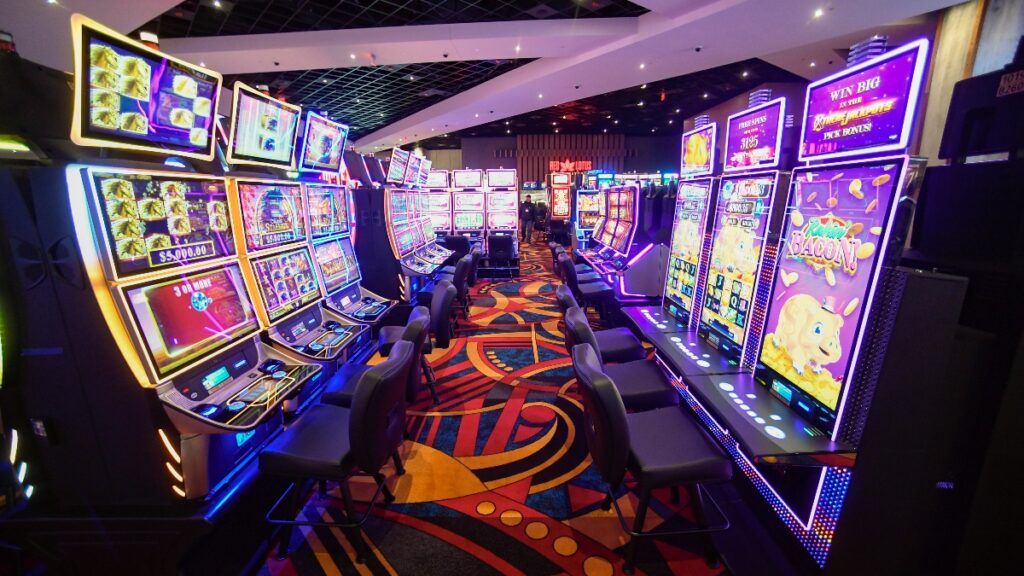
In the competitive landscape of PC cases, the win303 faces off against its rivals, sparking a debate among enthusiasts about which chassis truly reigns supreme. Each contender brings its unique features to the table, catering to different preferences and requirements. Let’s delve into the WIN303’s competition, examining the strengths and weaknesses to determine which case emerges as the ultimate victor.
WIN303: The Aesthetic Pioneer
The WIN303 immediately captivates with its sleek design, featuring a tempered glass side panel that transforms the PC into a visual spectacle. The minimalist exterior, combined with a focus on cable management, creates a canvas for a clean and artistic build. However, some argue that the elegant front panel design may pose challenges for optimal airflow, requiring careful planning to balance aesthetics with cooling efficiency.
Competitor A: The Cooling Maestro
Competitor A stakes its claim on superior cooling solutions. With a thoughtfully engineered interior layout, this case emphasizes airflow with strategically placed fan mounts and ventilation. It provides a platform for high-performance cooling solutions, making it an ideal choice for users who prioritize thermal management over visual aesthetics.
Competitor B: The Modular Marvel
Competitor B takes a different approach, emphasizing modularity and adaptability. With a customizable interior layout and ample space for various configurations, it caters to users who seek versatility in building and upgrading their systems. However, some argue that the aesthetics might take a back seat compared to its focus on functionality.
Competitor C: The Feature-Rich Contender
Competitor C enters the arena with a plethora of features. From innovative cable management solutions to tool-less design elements, this case aims to provide a user-friendly experience. While it may lack the visual flair of the WIN303, it compensates with a comprehensive set of functionalities and convenience-driven design choices.
In the quest to determine the supreme chassis, the choice ultimately depends on individual priorities. If aesthetics and visual impact are paramount, the WIN303 takes the lead. For those who prioritize cooling prowess, Competitor A might be the preferred option. If adaptability and customization are key, Competitor B comes into play. Meanwhile, users seeking a feature-rich experience may find satisfaction with Competitor C.
In the WIN303 vs. competitors showdown, there is no one-size-fits-all answer. The decision rests on personal preferences, system requirements, and the desired balance between form and function. Each case has its strengths and weaknesses, and the ultimate victor is the one that aligns most closely with the user’s unique needs and aspirations in the ever-evolving world of PC building.




